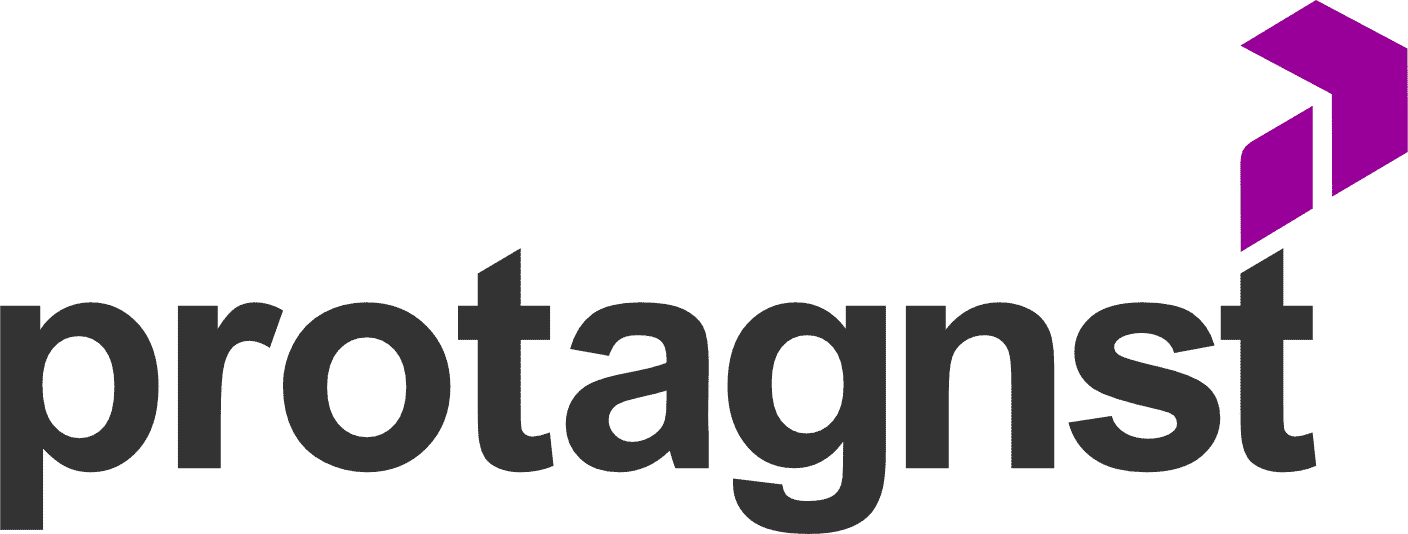Knowing how to use a sales pitch is increasingly what determines the success of a negotiation. After all, we all have less and less time and need to optimize it as much as possible. The problem, however, is managing to combine a sales approach that is efficient, direct, and non-intrusive all at the same time.
We can assure you upfront: using the right techniques, this is entirely possible.
In this article, we’ll present a complete guide on how to create a killer sales pitch, to use an expression that’s already part of the daily lives of top salespeople.
You’ll see that all you need to do is get the most out of all the techniques and strategies you already use in your daily business dealings. You just need to know how to use the right timing.
So let’s get started!
Mapa do Conteúdo:
ToggleWhat is a Sales Pitch?
A sales pitch is a quick, succinct, and efficient sales speech through which you present your product or service concisely. The idea is to take advantage of the short contact time with a potential client or investor to grab their attention.
Imagine, for example, that you get into an elevator and run into that executive you’ve been trying to present your product to for a long time but never managed to because of their busy schedule.
In this case, you have two options: approach them and say you’d like to schedule a business meeting, or use the few seconds between the moment the elevator door closes and they leave for their appointment to show them you have an interesting proposal.
If you choose to suggest a future meeting, the chance of it actually happening decreases – after all, you’ve been trying to schedule this meeting for a while and never managed to make it happen. Now, if you present your solution to them right away, at least their interest will be piqued, and they themselves might ask for a meeting at a more convenient time.
The example may seem simple, but the term “sales pitch” is an approach that comes precisely from the “elevator pitch.” It’s widely used in Silicon Valley tech companies.
After all, it’s common for investors to participate in tech events, and that funding a startup needs might arise from a quick conversation in those moments. However, you need to know how to sell the idea in a few seconds.
This same approach proposal can be developed in sales of all kinds. In a world where people are increasingly busy and the competition keeps selling, offering a solution in a few seconds makes all the difference.

How to Create a Killer Sales Pitch?
Study Your Audience Thoroughly
The same applies to the sales pitch as to any business strategy: base it on concrete data, not guesswork.
Even if you’re an experienced salesperson, don’t base your actions on intuition. Of course, the knowledge acquired over the years will help you, but this should be reserved for specific moments in the negotiation, not for conducting it. And this is especially important in B2B business.
So, thoroughly study the person you will be pitching to. Try to understand their style and their level of knowledge about the type of product or service you have to offer. Also, try to understand this professional’s prior experiences.
Studying the market is, of course, essential. You won’t grab that lead’s attention if what you offer is similar to what they already know or completely unfeasible from an economic standpoint.
Remember that a sales pitch is a quick and concise presentation of a solution. That said, making a mistake in the approach, saying something that isn’t new to the other person, or, conversely, something they have no clue about, could be a wasted opportunity.
Offer Customized Solutions
If you’ve done your homework and studied your target audience well, the next step is to prepare a solution that fits that lead’s pain points.
You may work with sales of a single type of product or service, but that doesn’t mean that the way you offer it as a solution should be the same for everyone. After all, even if your product can fully solve their problem, the needs will always be different.
Imagine, for example, that you sell exclusive logistics management software. The application is feasible for companies of all sizes, but the needs of a micro-enterprise and a large corporation are certainly entirely different. Does it make sense to offer the solution in the same way?
In either case, you will have someone in front of you who fits the ideal client profile, but whose approach should be completely different.
Certainly, your sales pitch will have a better return if you know how to confidently offer a solution appropriate for the financial manager of a large company, as well as for an entrepreneur with more limited financial resources.
Address Sales Objections
Whether as a salesperson or a consumer, you have certainly encountered sales objections along your journey so far.
These are the difficulties, barriers, and obstacles that potential clients present during a negotiation. It’s that moment when you offer your product or service, but the lead reacts with counter-arguments that demonstrate resistance to closing a deal.
This is especially tricky if it arises during a sales pitch, isn’t it? Imagine that elevator encounter, between the ground floor and the 20th floor. You have less than 30 seconds to convince the lead that you have a good product, but halfway through they raise an objection. If that happens, the chances of the deal not progressing are very high.
Obviously, you don’t need to have mapped out every possible objection each lead might present. But some are, let’s say, classic. The most common one is along the lines of “we can’t afford to invest right now.”
In large companies, it’s natural for a decision involving a large financial volume to depend on more than one person. And there’s also the possibility that your lead doesn’t feel confident moving forward with a negotiation that was presented to them quickly, at that moment.
So, prepare yourself to address at least these objections. And be quick.

Show How to Solve Problems
This is fundamental in sales: you may have the best product, the most innovative, the one that delivers everything it promises, but the focus is still not on your product. It’s on your client.
Sales are about solving customer pain points, and that’s what you need to show them, especially when contact time is short. So, don’t waste time explaining the characteristics of your product, its potential, or what makes it better than the competition. Instead, use the time to show how it can solve your lead’s needs.
We have already emphasized in other articles here at Protagnst the increasing importance of consultative selling—where the sales consultant analyzes all the client’s real needs to find joint solutions.
Even if this is not exactly possible at the moment in a sales pitch, be prepared to understand what that potential client needs and how your offer will help them.
Consider that a good first impression can be enough to start an interesting business partnership.
Talk About Value, Not Cost
We just mentioned that one of the most common sales objections are those dealing with financial difficulties for investing at the moment. And this is directly related to this point.
A successful sales pitch needs to consider the value being delivered, not its cost.
Show that your product or service is not just a simple purchase and sale relationship, but an investment. The fear your lead has of spending more should be transformed into the possibilities of your product increasing their revenue.
And Something Very Important: Ask for the Sale
It may seem like a paradox, but research has shown that many times the salesperson fails to do something essential in a sales pitch: ask for the sale.
Perhaps out of fear, perhaps because they consider that such a meeting is precisely about business, many salespeople do not end the conversation with a “can we move forward with the negotiation?”. They wait for the lead to take the initiative.
Notice that by doing so, you are letting the initiative come from someone you approached, who perhaps before that had no interest in your product or service.
Of course, the approach doesn’t need to be direct, but there are ways to move a negotiation forward smoothly. Demonstrate that you understand their needs and indicate how your offer fits them perfectly. Don’t talk about costs, but rather about solutions and the possibility of increased revenue.
How to Deliver a Sales Pitch on a Cold Call?
Cold calling is a very efficient outbound marketing strategy, but it’s the kind of thing you need to know how to do. After all, not everyone is happy about receiving calls, and the chances of ending them prematurely are quite high.
Thus, good Sales Development Representatives who work in cold calling are those who can immediately keep the prospect on the line. And those who can then turn a conversation that seemed like it would last only a few seconds into one that lasts several minutes.
Therefore, when you want to sell through calling, it’s very important to deliver the pitch in the right way and at the right time.
For example, if you’re too eager, the chance of things going wrong is very high. After all, as we said before, the focus has to be on the customer’s pain points, and how will you know what they are if you offer a product or service right off the bat?
At the same time, however, you need to capture your lead’s attention.
A good tip is to immediately showcase your company’s credentials. For example, if you sell health consulting services, start the conversation by saying that you work with professionals specialized in healthcare solutions for companies, who know how to reduce corporate costs while adding value for their beneficiaries.
Notice that, indirectly, you’re presenting yourself as a representative of a company capable of generating value for its clients.

How to Deliver a Sales Pitch in a Meeting?
The first step to a killer sales pitch in a meeting is to make sure to be as simple and clear as possible.
This means you need to have a friendly, flowing speech, not one full of technical or complicated terms. After all, if you do, your lead will consider it just another work meeting, and the chance of them losing interest is quite high.
Also, remember that perhaps not everyone present at the meeting is familiar with some terms or technical issues. They may be financial managers or professionals from other areas. The point is that it’s very important that everyone understands what you’re saying.
Here comes another key point: listen. Even if your time is limited, allow the people in the room to speak so that you can shape your pitch. It’s always worth remembering: you are selling a solution, and it’s your leads who should present the problem.
In a business meeting, it’s also very important that you respect the time you were given or that you requested. If the meeting is for fifteen minutes, you need to be prepared to deliver the sales pitch in ten or twelve. Eliminate specifics or details from your speech.
Finally: don’t let the conversation end at that meeting.
Ask the lead to send a commercial proposal, make yourself available to answer questions, or schedule a follow-up meeting right then and there.
How to Deliver a Sales Pitch at a Networking Event?
Networking events, as the category itself suggests, are great spaces for prospecting. And, as such, also for sales pitches.
To be successful with this, however, you need to be well prepared. Thoroughly studying the event and the background of those who usually attend is a good start.
Whenever possible, it’s also a good idea to make prior contact with the people you would like to present your product to. For example, if you work in sales of cutting machines and you know the exhibitors who will be there, a good tactic is to get in touch a few days before and arrange a visit to those booths.
If this isn’t possible, schedule yourself to visit potential leads according to the event’s schedule. If it’s short, focus on the most promising ones.
By “most promising,” we’re not talking about those with the greatest average ticket potential, but rather those who are most likely to do business with you.
But perhaps the most important tip we can give you is this: use such events to schedule future meetings.
It’s worth noting that those exhibiting at events have the same main goal as you: to sell. Therefore, even if your product or service is a perfect fit for them, the chance of greater success with a negotiation is in a subsequent meeting, without the hustle and bustle typical of these events.
Sales Pitch in PPT
The great advantage of slide presentations is that they concisely showcase the main ideas. It always has to be this way. After all, a PowerPoint with too much content makes everything more monotonous and less visible. Sometimes, it can even make people sleepy.
When making a sales pitch in PPT, it’s no different. Use the presentation to highlight the benefits and the value you’re delivering. Forget about the features of your product or service. Technical matters are for another time.
To help you make a good sales pitch presentation, we at Protagnst have prepared a very didactic example.
Sales Pitch Examples
Get Straight to the Point
Time is short, and even if you had plenty of time to present your product or service, we all know that time is money. So, if the idea is to make a killer sales pitch, be direct. Don’t beat around the bush.
Now, we’re not saying you have to jump in offering your solution. After all, a very aggressive approach can scare your lead away. And, as already mentioned, you need to know how to listen if you want an effective pitch.
The point here is to be prepared, with your speech as optimized as possible. If you know, for example, that the company can afford to invest in your solution, be clear about that: “We’re fully capable of adapting to what the company is willing to invest. Can we work on this?”
Be a Facilitator
Suppose you are the sales representative of a company that supplies refrigeration equipment. The range of products it manufactures includes two dozen different products. Is it worth wasting time presenting them all?
Instead, focus on three or four pieces of equipment that will certainly help that lead. This will give you much more time to present the potential of each one and better capture their attention.
“Our company can present solutions for the entire cold chain, but I’ve selected three pieces of equipment that I know will be great for helping your business grow.”
See? Simple and direct.

Use Mental Triggers
Mental triggers are stimuli that cause our brain to act more urgently when making a decision. They are widely used in sales because they take the person out of their comfort zone and make them decide on something, often impulsively.
The use of mental triggers is very common in B2C sales, in retail. “Buy three, get one free,” “last units,” and “only until tomorrow” are just a few examples.
It turns out that mental triggers are also very common in B2B business, and scarcity is one that is used quite often. Use one of them when making your sales pitch.
Here’s an example: “We always try to work with only ‘x’ clients at a time, as a way of dedicating as much attention as possible. Our portfolio for this year is practically finalized. If you agree to hear our proposal, your company will undoubtedly make a good deal.”
Be Flexible
Suppose you’ve agreed that the business meeting will last 30 minutes. In that case, plan your presentation for 20.
By doing this, you’ll ensure that you’ll be able to address all the points you consider essential to moving forward with a deal. But, more than that, it will allow your approach to start in a friendly manner.
“How much time do you have to hear me out?” is a good first question to ask. If there’s time left over at the end, you’ll certainly know how to make the most of it.
Focus on the Benefits
When we buy something, we’re doing it because of the benefits that thing offers us. Trading a car with a 1.0 engine for a 2.0 will make the owner spend much more on fuel, but they choose to change because they gain the benefit of greater power or speed.
So, in a sales pitch, use your time to extol the benefits of your product or service, not the features. Using the same car example, emphasize the gain in power, speed, and ease of driving on the roads. Whether the car has five or six gears, whether it’s flex-fuel or not, these are questions that should only be discussed if asked.
Hire B2B Sales Consulting
Need to increase your revenue and expand your business capacity? How about improving your sales process even more efficiently?
Then fill out the form below and start your business diagnostic today.
Protagnst specializes in lead generation, acquisition, and business expansion with corporate clients. Together, we will create the best strategy for your business.




